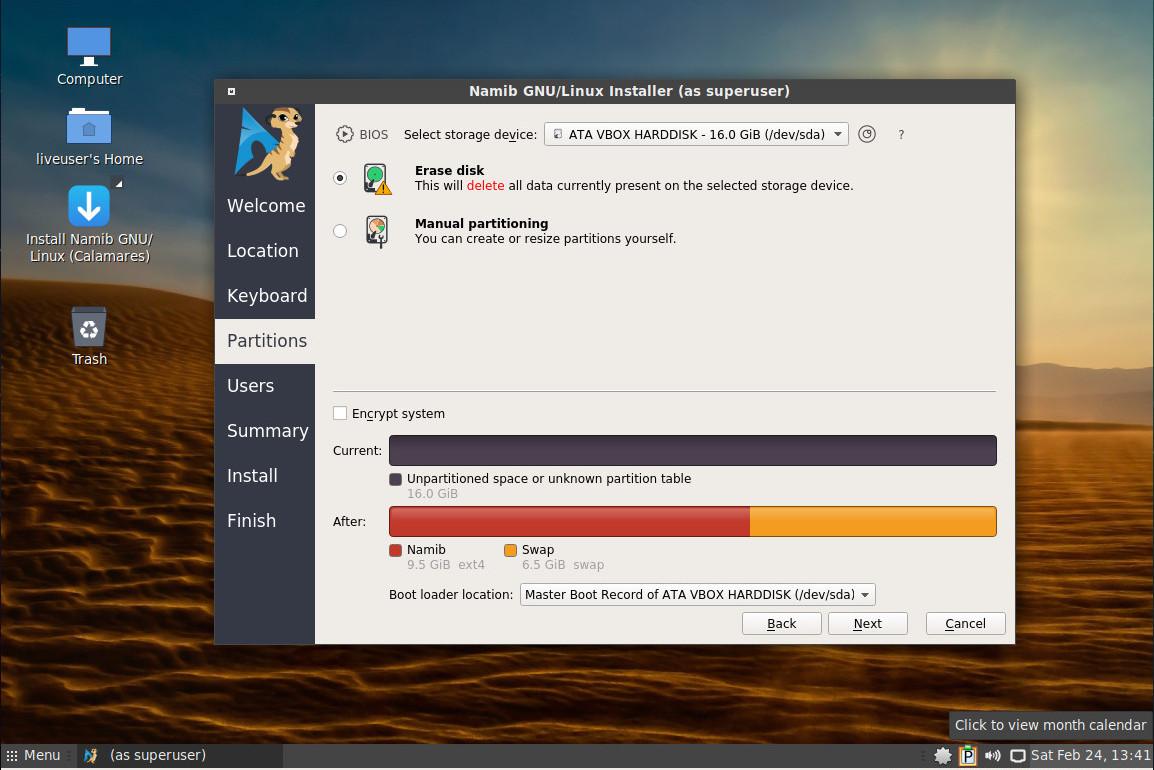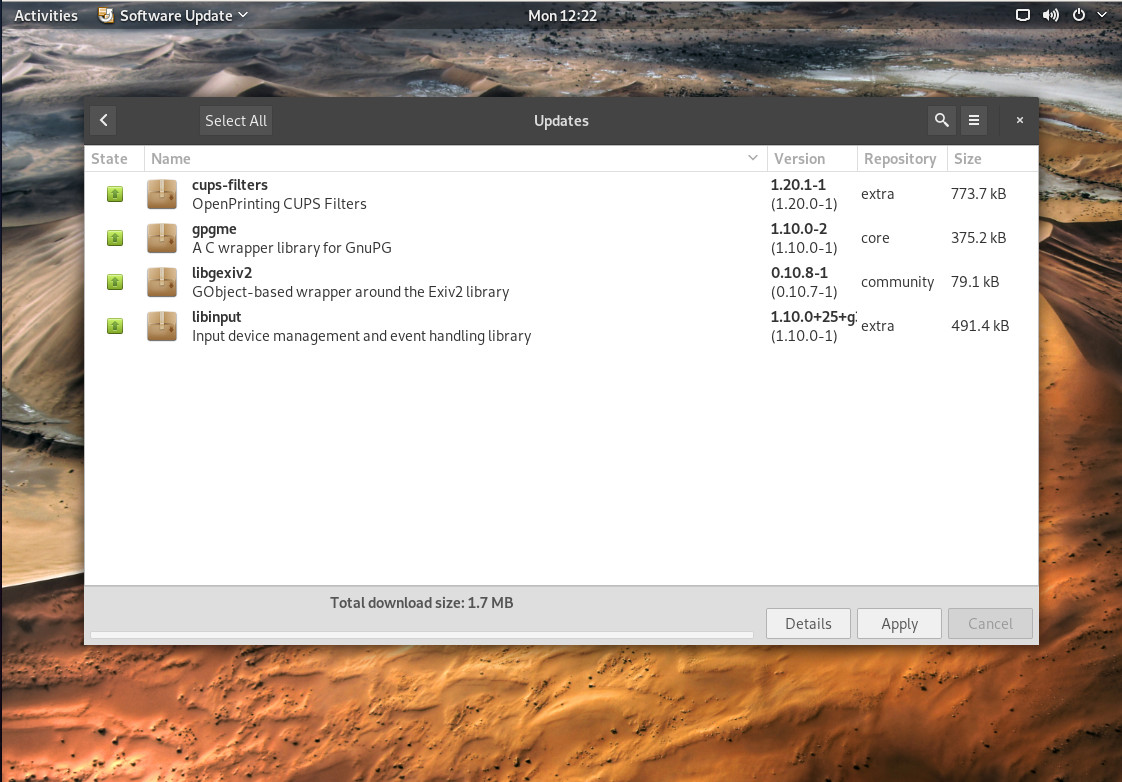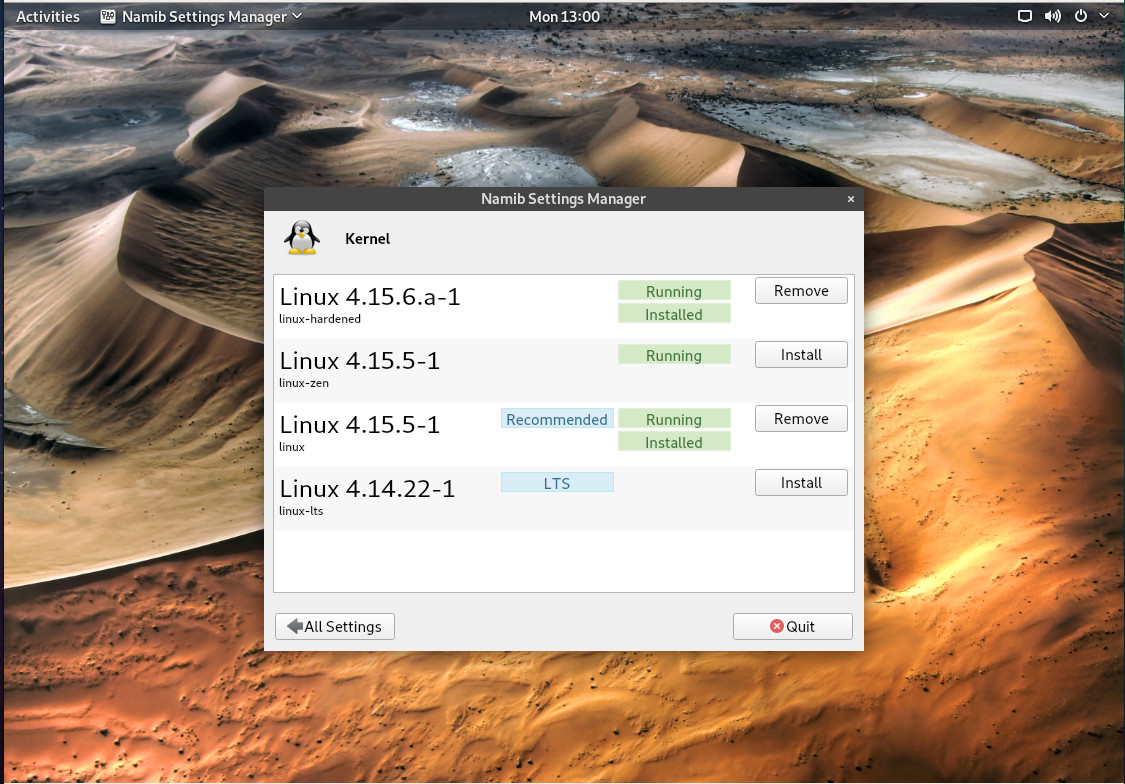This week’s Mobile World Congress in Barcelona and Embedded World in Nuremberg are primarily designed to showcase smartphones and embedded systems, respectively. Yet, increasingly the shows are focused on the processors that drive them.
The only major chip announced in conjunction with this week’s conferences was Intel’s Stratix 10 TX FPGA, which is also the only chip covered here that doesn’t run Linux. Several other processors were announced earlier in the month, including AMD’s Ryzen Embedded V1000 and Epyc Embedded 3000. Meanwhile, new details were leaked about Intel’s 10nm Cannon Lake and Ice Lake chips, as well as some new 8th-Gen “Coffee Lake” models.
We’ll start here with the AMD and Intel announcements before examining two previously announced ARM SoCs that loomed large at this week’s conferences. At MWC, the hot smartphone SoC was the Qualcomm Snapdragon 845, and at Embedded World there were several new products running NXP’s newly shipping i.MX8M. There was also plenty of speculation about the impact of Qualcomm’s impending acquisition of NXP, and whether the resulting valuation will make the merged entity too large for Broadcom to swallow.
AI chips pop into phones
This week’s conferences also saw some new developments in AI coprocessors. With the Snapdragon 845, Qualcomm has followed the lead of Huawei’s competing Kirin 970 smartphone SoC in integrating neural processing chips to accelerate AI operations. As a result, AI developers will soon be able to compare Huawei’s 970-based Mate 10 Pro phone with 845-based phones like the Samsung Galaxy S9.
In mid-February, Arm announced two new Project Trillium AI chip designs. Available now is Arm’s second-gen Object Detection (OD) Processor for optimizing visual processing and people/object detection. Due this summer is a Machine Learning (ML) Processor, which will accelerate AI applications including machine translation and face recognition. The Arm OD and ML, which use an entirely new computer architecture, could debut as coprocessors in mobile devices (ML) and other embedded systems (OD) by next year’s MWC.
Intel, meanwhile, announced an Intel AI: In Production program for its Movidius Neural Compute Stick based on its Linux-friendly Myriad 2 VPU technology. The program aims to ease the development of AI prototypes with the help of technologies such as an upcoming, mini-PCIe based “AI Core” board from Aaeon’s UP board community.
Sign up for ELC/OpenIoT Summit updates to get the latest information:
Intel Stratix 10 TX
This week, Intel’s Altera unit announced (and shipped) the Stratix 10 TX FPGA, featuring 58Gbps transceivers. The FPGA is designed for 4G and 5G base stations, network function virtualization, and other high-end networking equipment.
The Stratix 10 TX does not run Linux, but similar technology may appear in a future successor to the Linux-ready ARM/FPGA hybrid Stratix 10 SX. The 14nm fabricated SX and FPGA-only Stratix 10 GX and MX models were announced back in 2013, and then formally launched in Oct. 2016. Yet, the 1.5GHz, quad- A53 Stratix 10 SX didn’t ship until last October. The SX, which incorporates a Stratix V FPGA, competes with Xylinx’s similarly Linux-friendly, quad Cortex-A53 driven Xilinx Zynq UltraScale+ MPSoC ARM/FPGA hybrid.
The new Stratix 10 TX provides up to 144 transceiver lanes with data rates of up to 58Gbps using the new PAM4 (pulse amplitude modulation 4) and older 30G NRZ (non-return-to-zero) technologies. This dual-mode approach enables unprecedented aggregation capability for scaling to “100G, 200G and 400G delivery speeds,” claims Intel.
The FPGA taps an Intel “2.5D” packaging technology called EMIB (Embedded Multi-die Interconnect Bridge), which enables the integration of up to six “chiplets” in a single package. As a result, the Stratix 10 TX will be available in versions ranging from dual 600k logic element chiplets to six 2.8 million element chiplets.
Intel’s new “Coffee Lake” CPUs and Cannon Lake and Ice Lake leaks
Intel launched its first round of 8th-Gen Kaby Lake Refresh “Coffee Lake” chips back in September, and now several new models have broken cover.
This fourth generation of its 14nm fabricated Core chips — following Broadwell, Skylake, and Kaby Lake — offers relatively modest performance and power efficiency improvements. However, the U-series chips used in new Linux-based laptops from System76 and ZaReason provide slightly faster quad- instead of dual-core designs with the same price and 15W TDP as 7th-Gen models, delivering greater performance and power efficiency when running hyperthread-intensive applications. There are also some high-end models tuned to gaming, as well as the first hexa-core Core i5 and first quad-core Core i3 models.
On Feb. 28, Geekbench benchmarks were posted showing an unannounced hexa-core, 12-thread Core i7-8750H Coffee Lake chip clocked at 2.2GHz/4.09GHz. Earlier this week, a YouTube video was posted showing a purported 3DMark database document that revealed details about another Coffee Lake chip, as well as Intel’s upcoming 10nm Cannon Lake and Ice Lake CPUs.
The YouTube-leaked Coffee Lake-U Core i7-8559U chip has four cores and eight threads, and clocks to 2.7GHz, compared to a high of 1.9GHz for the fastest current Kaby Lake-U chip: the i7-8650U. The chip also offers the best graphics (Iris Plus Graphics 650) found on 8th-Gen chips to date. According to speculation from NotebookCheck, it will run at about 28W.
The video also showed a previously leaked, hexa-core Core i7-8670 8th-Gen part. Other Coffee Lake variants were leaked in mid-February, along with a Xeon-like Cascade Lake chip family expected to arrive in Q3.
The 10nm Cannon Lake and Ice Lake chips, meanwhile, are not only expected to offer major performance and efficiency gains but also to fix Intel’s Spectre and Meltdown vulnerabilities. (If so, that might put a crimp on Coffee Lake sales.)
The YouTube video showed a 2.4GHz Ice Lake-U CPU with four cores and eight threads and high-end Gen11 graphics, which are speculated to run at 15W. The video also showed a mobile/embedded oriented, dual-core, quad-threaded Cannon Lake Y chip clocked to 1.1GHz with basic Intel UHD graphics. V3 has speculated it will have an Intel Atom-like 4.5W TDP.
This appears to be the same dual-core Cannon Lake chip that Intel let slip in a microcode update in mid-February before quickly deleting the post. The document also listed a headless version of the chip without a GPU.
AMD Ryzen Embedded 1000 and Epyc Embedded 3000
Last week, AMD announced two embedded processors that borrow the 14nm Zen core from last year’s Ryzen desktop and Epyc 7000 server processors. The big news was the arrival of the Ryzen Embedded 1000, the successor to AMD’s R-Series “Merlin Falcon” — a high-end embedded SoC line that competed with lower end Intel Core chips. There was no word about an expected, Zen-based “Banded Kestrel” successor to the G-Series SoC, which competed with the lower-end Intel Atom.
Claimed to be up to twice as fast as the single-threaded R-Series, the single- or dual-threaded Ryzen Embedded V1000 is competitive with higher end Core CPUs than Merlin Falcon. It offers up to four Zen CPU cores for eight threads, with up to 3.75GHz burst. TDPs range from 12 to 54 Watts.
Perhaps even more impressive than the Zen-based CPU is the V1000’s Radeon Vega graphics (borrowed from the mainstream Ryzen), which offers up to 11 compute units. The Vega GPU supports DirectX 12 and OpenGL 4.4, as well as 10-bit HDR decoding, and it can generate four 4K displays simultaneously. Vendors including Advantech, Congatec, iBase, Esaote, Seco, Quixant, and more have announced boards or systems based on the SoC.
AMD also announced a headless Epyc Embedded 3000 processor aimed at high-end embedded edge systems and low-end storage and networking servers. Roughly comparable to Intel’s Xeon-D, this scaled down version of the Epyc 7000 offers four to 16 cores in single or multi-threading versions with 30W to 100W TDPs. The Epyc 3000 supports up to 64 PCIe slots, eight 10GbE ports, and 16 SATA ports.
Qualcomm Snapdragon 845
Announced in December, the Snapdragon 845 enjoyed a coming out party at MWC. Several phones driven by the SoC were unveiled or leaked, including Samsung’s Galaxy S9, Sony’s Xperia XZ2, and Xiaomi’s Mi Mix 2S. In addition, Intrinsyc launched an Android 8.0 driven Open-Q 845 development kit.
Qualcomm’s Snapdragon 845 is claimed to offer up to 25 percent faster CPU performance compared to the similarly octa-core Snapdragon 835. Like the 835, the 845 features 10nm FinFET fabricated “Kryo” CPU cores. However, it uses a more efficient 10LPP process for improved performance and reduced power draw. The CPU is evenly split between Kryo cores that approximate Arm’s latest Cortex-A75 and lower-end Cortex-A55 architectures, which clock to 2.8GHz and 1.8GHz, respectively.
The Snapdragon 845 is the first SoC to implement Arm’s DynamIQ. This more flexible version of Arm’s Big.Little multi-core scheme should enable further performance gains.
The Snapdragon 845’s new Qualcomm Adreno 630 GPU is claimed to offer 30 percent faster graphics and 30 percent less power draw than the 835’s Adreno 540. The GPU also includes new “eXtended Reality” (XR) technology that can drive dual 2400×2400 @ 120Hz displays on VR headsets. Among many other improvements, the Snapdragon 845 supplies a new Hexagon 685 DSP with a Neural Processing Engine for accelerating AI operations.
NXP i.MX8M
NXP’s quad-core, Cortex-A53 i.MX8M successor to the ubiquitous quad -A9 i.MX6 SoC was announced back in Oct. 2016 and is now appearing in products. NXP’s intervening i.MX7 and lower-end i.MX UL are significant for lower-end IoT devices, but it will be the i.MX8M that will likely carry on the i.MX6 tradition of being the industry’s mainstream embedded Linux SoC.
The up to 1.5GHz, dual- or quad-core i.MX8M integrates a Vivante GC7000Lite GPU and VPU, enabling 4K HEVC/H265, H264, and VP9 video decoding with HDR. There’s also a 266MHz Cortex-M4 MCU and a security subsystem.
Several new computer-on-modules based on the i.MX8M were announced at Embedded World by Emcraft, Innocomm, and Seco. Also new is the armStone MX8M Pico-ITX SBC from F&S.
These boards join the previously announced, open source Wand-Pi-8M SBC from Technexion and its Wandboard.org community, which is due in the second quarter. Other earlier announcements include Compulab’s SBC-iMX8 Evaluation Kit and CL-SOM-iMX8 module, and Variscite’s recently shipping DART-MX8M module and sandwich-style VAR-DT8MCustomBoard SBC.
Registration is now open for the Embedded Linux Conference and OpenIoT Summit, to be held Mar. 12-14 at the Hilton Portland in Portland, OR. Linux.com readers can register now with discount code, LINUXRD5, for 5% off the attendee registration.







